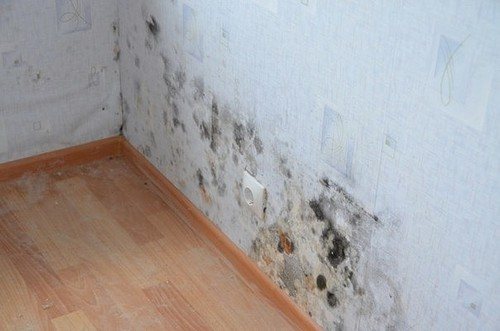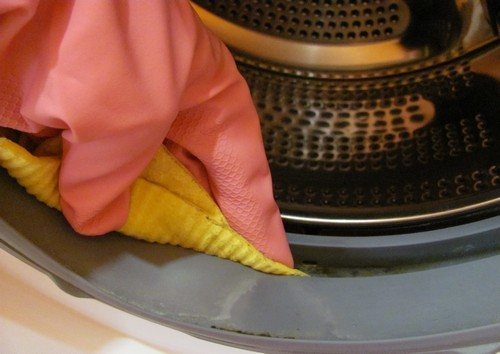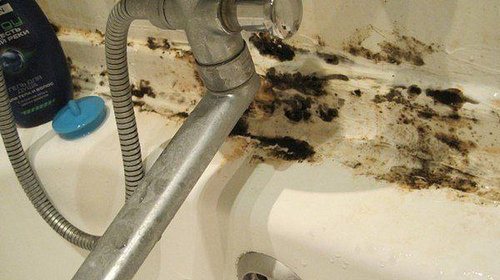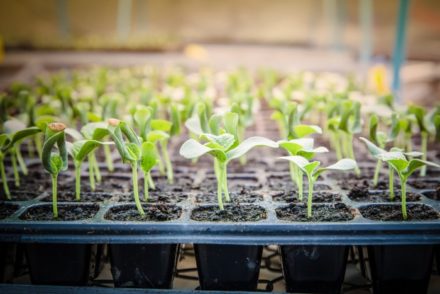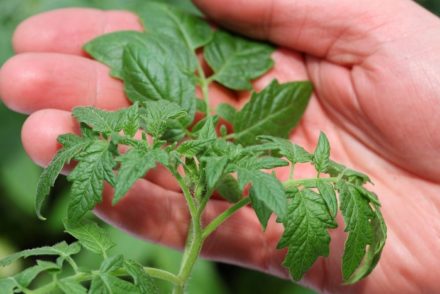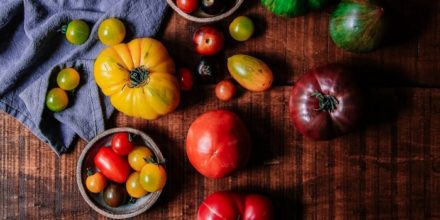Young plants are susceptible to various diseases. A common problem is the formation of mold on the surface of the substrate or on the seedlings. It occurs for a number of reasons that you should be aware of, since many of them are related to improper care. Fungal spores pose a danger to seedlings, so they must be eliminated.
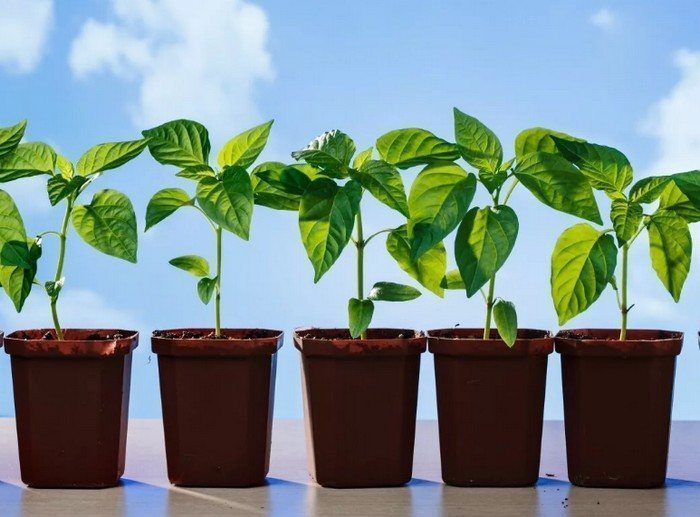
What causes mold to appear in seedlings?
There are a number of reasons for mold formation:
- increased soil moisture;
- contaminated soil;
- increased acidity;
- lack of drainage;
- lack of lighting;
- the presence of organic substrate residues in the soil;
- elevated temperature or humidity (above 95%) of the air.
It is important to note that fungal spores can appear not only during the process of growing seedlings, but also at the stage of seed pecking. That is, until the sprouts sprout. Timely identification of the cause of the fungus and its prompt elimination will help preserve the plant.
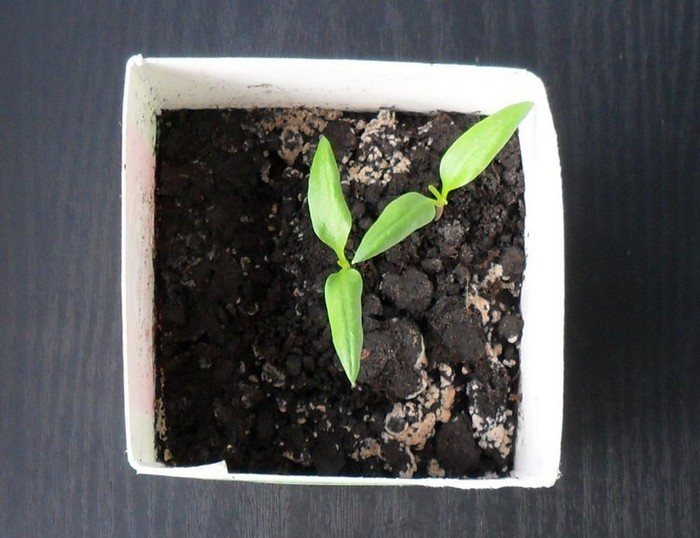
What needs to be corrected so as not to destroy the plant
To save seedlings, you will need to change the soil if it becomes infected or change its care. In the latter case, several rules should be followed:
- the substrate must be light, air- and water-permeable;
- the soil should be neutral acidity (pH=6.5–7.0);
- at elevated temperatures and air humidity, ventilation is required (without drafts);
- It is necessary to add mineral water-soluble fertilizers, which contain microelements, to the soil;
- Place drainage at the bottom of the pot.
Watering should not be overused. Excess moisture leads to soil rot and creates favorable conditions for the development of fungi.
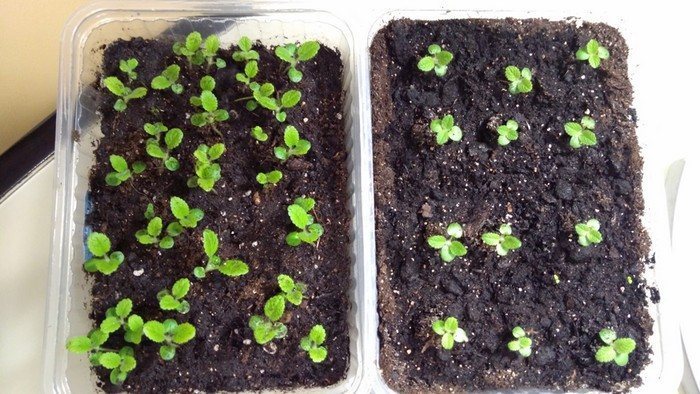
What are the ways to combat mold?
Often mold causes the death of seedlings. If a white coating appears on the ground or on the walls of the pot, it must be removed in a timely manner. There are 3 ways to fight fungus:
- mechanical (manual removal of white deposits from the soil surface);
- chemical (introducing special preparations into the soil);
- biological (introducing biofungicides into the soil).
Each method has its own characteristics and helps to save seedlings at a certain stage of fungal development. For example, at an advanced stage, a biological method is effective, but at an initial stage, a mechanical method can be used (if the fungus has not managed to penetrate deep into the soil).
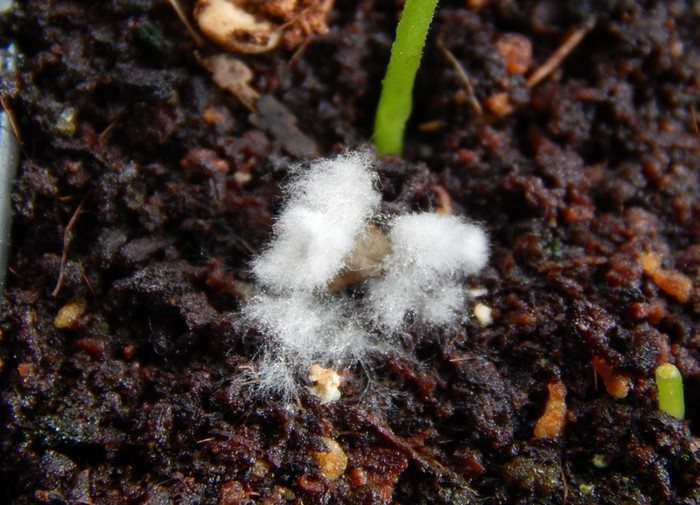
It is important to understand that the easiest way to deal with mold is in the first stage. In this case, it can be easily eliminated without having any effect on the plants themselves. However, even at an advanced stage of soil contamination, sprouts can be saved using a chemical or biological method.


